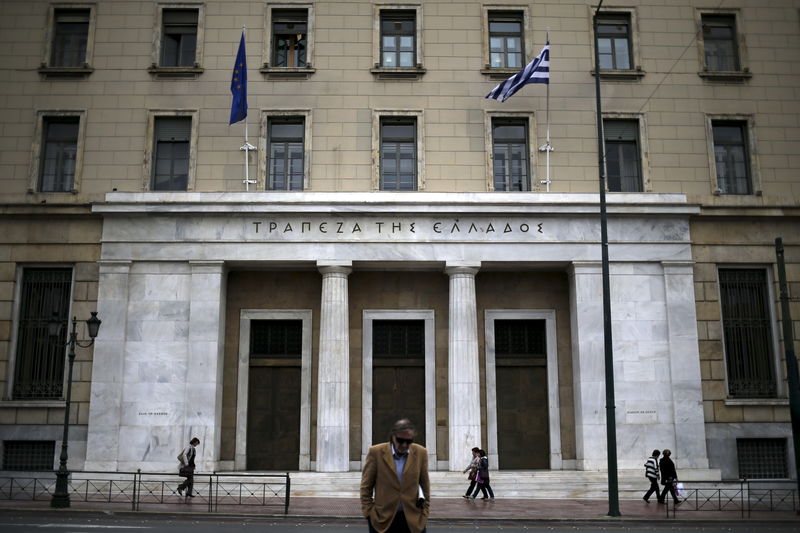By Huw Jones
LONDON (Reuters) - The stockpile of bad bank loans in the European Union has halved over the past four years but remains hefty at lenders in Greece and Cyprus, the bloc's banking watchdog said on Friday.
So-called non-performing loans or NPLs, where repayments by small companies and individuals are late or even become unlikely, became a millstone around the necks of many banks after the global financial crisis a decade ago.
NPL stockpiles hit a bank's profitability and lending capacity, the European Banking Authority said in a statement.
The volume of NPLs across EU banks has fallen from 1.15 trillion euros ($1.27 trillion or £991 billion) in June 2015, when they were 6% of total loans, to 636 billion euros or 3% by June 2019, according to the EBA.
It looked at a sample of 150 EU banks that account for over 80% of the sector's total assets.
The overall drop was due to regulatory intervention, "political determination" to tackle the problem properly, and the boost from economic growth and low interest rates, EBA said.
While the average level of NPLs for the bloc has halved, some countries remain at a high level as they try to tackle a stubborn legacy of NPL stockpiles.
Greece's NPL ratio was 39.2% in June this year, with Cyprus at 21.5%. Five other countries were above 5%. In 2015, 10 EU countries reported double digit NPL ratios.
Italy recorded the biggest drop, down 145 billion euros in over the four years, followed by 81 billion euros in Spain, 60 billion euros in Britain, and 43 billion euros in Germany.
Poor loans now account for nearly 8% of Italian loans, down from nearly 17% in June 2015.
"There are significant ongoing initiatives that aim to further boost the reduction of legacy assets both at European level and in specific countries," the EBA statement said.

As the economy weakens, banks should closely monitor the quality of assets on their books to actively manage their NPLs, it added.